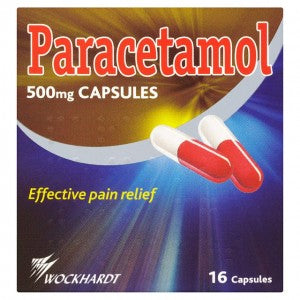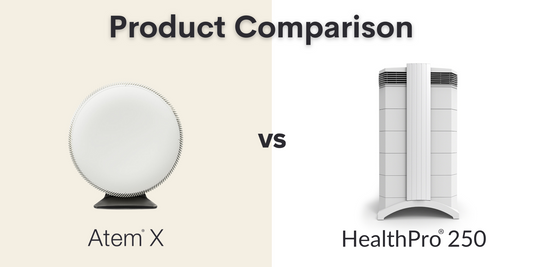It has long been known that aspirin can be an asthma cause, as it can induce severe asthma, even among patients who have safely taken it before. Therefore people with asthma are advised to avoid aspirin. Problems may also arise with other non-steroidal anti-inflammatory agents (NSAIDs) like diclofenac and ibuprofen. That is why paracetamol, which is not an NSAID, is often recommended as an alternative for people with asthma seeking relief from aches and pains, colds and flu. So it is concerning to learn, in new research from Spain, of a link between paracetamol consumption and asthma among children and adolescents and raises the question: does paracetamol cause asthma?
The researchers, led by Francisco Javier Gonzalez-Barcala of the Clinic University Hospital in Santiago de Compostela was a so-called cross-sectional study of more than 20,000 children (aged 6-7 years) and adolescents (aged 13-14 years) from Galicia. They were asked about paracetamol consumption in the previous year and, for the younger children, about paracetamol consumption in the first year of life. Information was also gathered on asthma symptoms or attacks in the previous year, and environmental factors like the presence of a pet and the smoking habits of their parents, to see if paracetamol causes asthma in children.
Among the 6-7 year olds, the researchers found the following:
- Where paracetamol had been given in the first year of life, wheezing, current asthma, exercise-induced asthma and severe asthma were one-and-a-half to two times more common than among those children who did not receive paracetamol in their first year.
- The risk of wheezing, current asthma, exercise-induced asthma or severe asthma was also one-and-a-half times greater where paracetamol had been given in the last year (the link with severe asthma was not statistically significant).
- Those who had taken paracetamol at least once a month in the last year were 3 to 5 times more likely to have wheezing, current asthma, exercise-induced asthma or severe asthma.
And among 13 to 14 year olds:
- The chance of those who had taken paracetamol at least once in the last year having wheezing, current asthma, exercise-induced asthma or severe asthma was 40 per cent higher than those who had not taken it (the link with severe asthma was not statistically significant).
- The chance of those who had taken paracetamol at least once a month in the last year having wheezing, current asthma, exercise-induced asthma or severe asthma was 2 to 3 times more likely than those who had not taken it in the last year.
The background to this is a study in 2010, which suggested that taking paracetamol before the age of 15 months was linked to a higher risk of developing allergies at the age of 6. This study had some limitations and did not establish cause and effect. Then, in 2011, the European Medicines Agency ruled that there was insufficient evidence that paracetamol use, either by the mother during pregnancy or by the child in infancy, causes asthma in the child.
In this new study, the researchers focus upon the increase in prevalence of asthma in recent years (for which there are many possible reasons) and speculate that increased use of paracetamol is the cause. Coverage of this story in the UK talked about Calpol and whether it causes asthma. This study is not about Calpol, which is not available in Spain. The researchers asked about consumption of the five different brands of paracetamol most often used in Spain. Calpol, a liquid form of paracetamol, is the most popular painkiller used among children in the UK, however, so it is natural that concern surrounds its consumption.
More importantly, it should be obvious that this study cannot establish causality. Paracetamol use and asthma symptoms were measured at the same time. Therefore, paracetamol use may indeed cause asthma. But it may also be the other way round – children with asthma get lots of coughs and colds and therefore consume more paracetamol. Or there could even be a third, unknown, factor linking paracetamol use and asthma. Till there is more evidence of a causal link between paracetamol and asthma, paracetamol is considered safe for treating pain and fever among children and Calpol is probably the easiest way for the very young to take it. Although aspirin-induced asthma is actually rare among children, paracetamol may still be the safer option. If in doubt, however, always consult the doctor, pharmacist or asthma nurse on which medicine to use when your child is sick, especially if they already have asthma.
Source: Gonzalez-Barcala F et al (2013). Exposure to paracetamol and asthma symptoms. European Journal of Public Health 23; 706-710 http://eurpub.oxfordjournals.org /content/23/4/706. full.pdf+html




